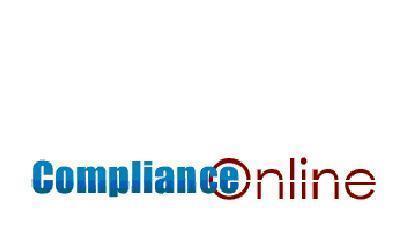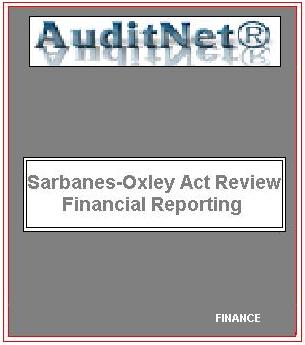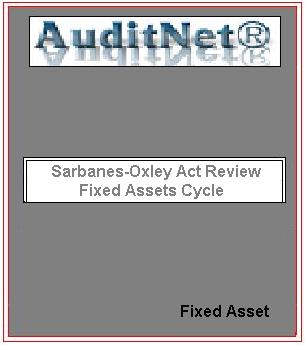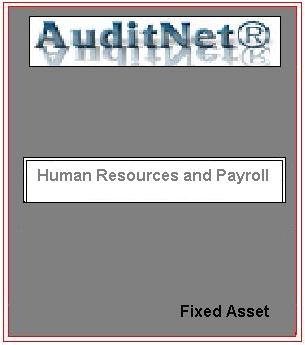Sarbanes-Oxley
The Sarbanes-Oxley legislation came into force in 2002 and introduced major changes to the regulation of financial practice and corporate governance. Named after Senator Paul Sarbanes and Representative Michael Oxley who were its main architects, it also set a number of deadlines for compliance.
The Sarbanes-Oxley Act is arranged into eleven titles. As far as compliance is concerned, the most important sections within these are often considered to be 302, 401, 404, 409, 802 and 906.
Accounts Receivable is the largest or second largest asset on the balance sheet. Any weakness in the financial controls for Accounts Receivable could have a serious impact on the company's financial statements. Since Accounts Receivable departments interact with almost every other department in the company, weak controls in A/R can lead to increased risk in other areas as well.
Section 404 of SOX stipulates that "Publicly traded companies must establish, document, and maintain internal controls and procedures for financial reporting." Section 404 also requires companies to check the effectiveness of internal controls and procedures for financial reporting.
To establish Section 404 compliance, companies must:
Section 302 specifies that periodic statutory financial reports are to include certifications that:
Sarbanes-Oxley Titles
The Sarbanes-Oxley Act is arranged into eleven titles. As far as compliance is concerned, the most important sections within these are often considered to be 302, 401, 404, 409, 802 and 906.
Accounts Receivable: SOX
Accounts Receivable is the largest or second largest asset on the balance sheet. Any weakness in the financial controls for Accounts Receivable could have a serious impact on the company's financial statements. Since Accounts Receivable departments interact with almost every other department in the company, weak controls in A/R can lead to increased risk in other areas as well.
To understand the tools needed to establish and maintain strong internal controls in the A/R department that meat SOX standards, Read More >>
SOX: Section 404
Section 404 of SOX stipulates that "Publicly traded companies must establish, document, and maintain internal controls and procedures for financial reporting." Section 404 also requires companies to check the effectiveness of internal controls and procedures for financial reporting.
The SEC's recent interpretive Guidance on Internal Controls over Financial Reporting has brought relief to CPAs, attorneys, officers and directors in the SB-2 and 10KSB regulatory regime. To explore the developments in this SEC Guidance and understand 'right-sized, top-down, risk-based management under Section 404', Read More >>
Establishing Section 404
To establish Section 404 compliance, companies must:
- Document existing controls and procedures that relate to financial reporting
- Test their effectiveness
- Report on any gaps or poorly documented areas
About Section 302
Section 302 specifies that periodic statutory financial reports are to include certifications that:
- The signing officers have reviewed the report
- The report does not contain any material untrue statements or material omissions, or be considered misleading
- The financial statements and related information fairly present the financial condition and the results in all material respects
Featured Products




SOX Solution RFP Template
Price: $149.00
Price: $149.00
Sarbanes-Oxley Act Review - Financial Reporting
Price: $50.00
Price: $50.00
Sarbanes-Oxley Act Review - Fixed Assets Cycle
Price: $50.00
Price: $50.00
Sarbanes-Oxley Act Review - Human Resources and Payroll
Price: $50.00
Price: $50.00






